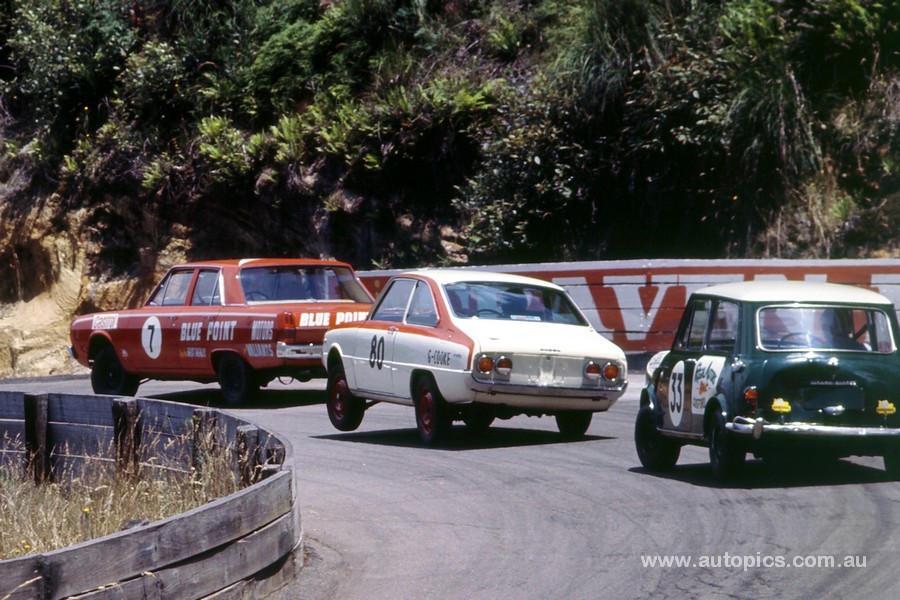The interesting question you have raised here JW jogged my memory of a story I wrote for Shannons Club years ago about Chrysler's development of the first VF Pacer with the 225 slant six. This test took place at Mallala and was a great example of how lessons learned in series production testing/racing improved the road cars: "Another non-stop 12 hour run was held at Mallala Raceway near Adelaide. This was a much tougher assignment than Sandown, as the South Australian track’s tighter and more demanding layout was a brutal test of tyres, handling and braking. "The Mallala test produced fade in the shock absorbers due to overheating. To cure the problem, Chrysler engineers produced a heat-resistant nylon ring for the internal piston to stop oil leaking past the piston for better suspension control. This was a good example of racing improving the breed, because shocks fitted with the new nylon ring soon became standard fitment on all Chrysler production cars. "Another weakness emerged after about 10 hours, when a front wheel bearing failed. A replacement was fitted to allow the car to reach the 12 hour target. Although it was the same bearing that had been fitted to all previous Valiants without a hint of trouble, engineers worked out that the load on the bearing had been up to ten times greater than normal road use. "This was due to the higher cornering speeds, heavier braking loads and increased grip levels of the latest high performance tyres. It was decided that a larger bearing would solve the problem, so a new factory specification was issued and the bigger front wheel bearings were then used on all Valiants. Another example of racing improving the breed."
Published on 02 June 2020
By logging in via Facebook or Google, you consent to Facebook or Google sharing your information with Shannons. Shannons agrees to use this information in accordance with the Shannons Club Privacy Statement.





